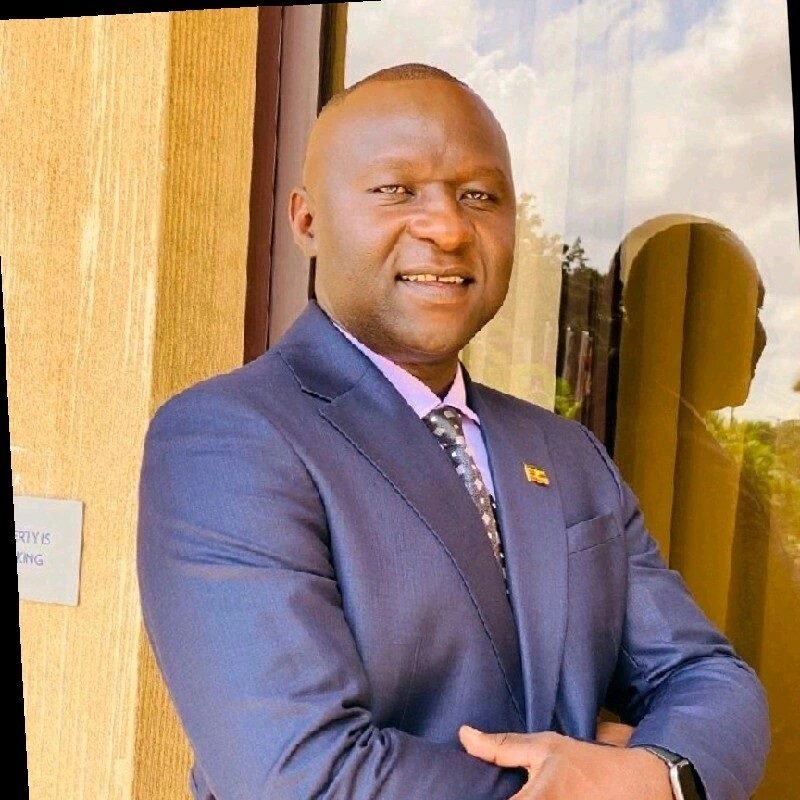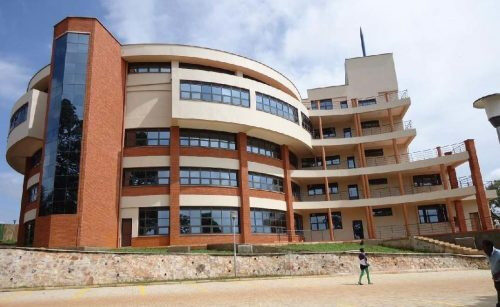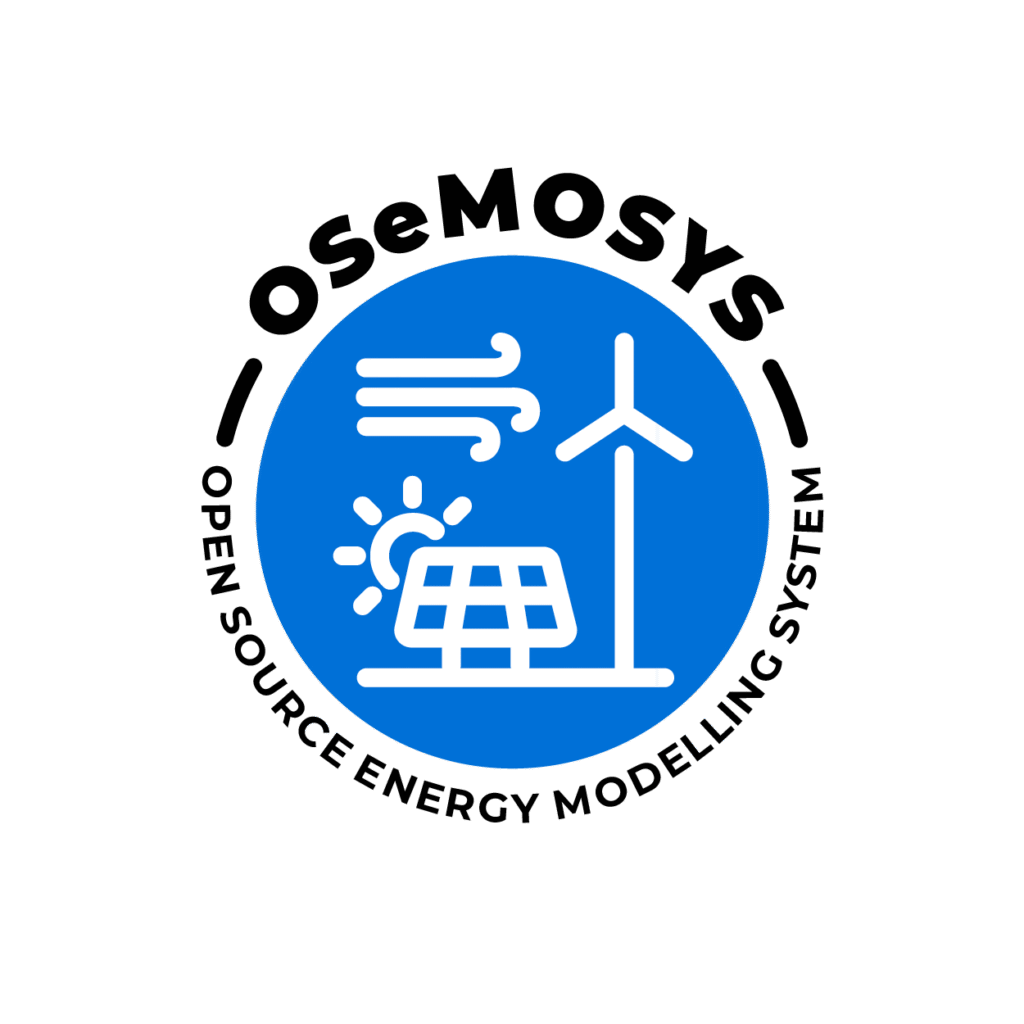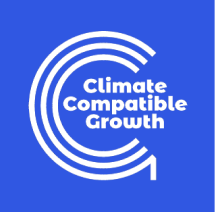Benard Musekese Wabukala is a Senior Lecturer at Makerere University Business School, Uganda, specializing in energy security and economic development. He is an excellent example of someone who has developed their interest in energy modelling to new heights and integrated energy modelling teaching into the courses at his university. Bernard is an inspirational person.

In 2021, I was doing my PhD in energy economics and governance. We had just finished our class work, and I was looking at some tools that I could use for my thesis. We had also done a course on energy modelling, which had given me an appetite to find out more, so I wanted a tool that I could use to think through this whole process and help my work. Of course, I’d read papers and articles about OSeMOSYS and other open-source tools, but I’d ever used any of them.
Through LinkedIn I saw the EMP-Africa advertised by CCG and applied. Like everyone, I had to complete the course on OpenLearn, which I did, and the training started soon after. This was all during COVID-19, so we trained online only. We didn’t have a chance to travel anywhere to meet, and I didn’t even know if anyone else in Uganda had applied, we just met online.
CCG was very industrious, very innovative. They took us to an ‘online city’, called GatherTown, so we could get onto our computers and navigate to our respective virtual lecture rooms to meet our trainers. We trained on data preparation files, we developed scenarios, we ran some simulations to get some results and were guided through the interpretation of these in the context, of course, of energy planning. And when I actually started the course, I realised that there were five of us from Uganda!
When I “came back”, I made a presentation to the Dean, head of department and colleagues because we had a PhD and a master’s programme in Energy Economics and Governance. One of the core courses on these two graduate prorammes is Energy Modelling. I made the case for why we needed these tools as part of the curriculum, because I had seen what OSeMOSYS could do. My Head of Department asked me two questions, firstly who is going to teach the tool?
I wasn’t very confident then, but at the same time I was buzzing with the excitement of what I’d gone through, so I said that I would teach it. The second question was whether students would have free access to the tool and all the resources. Because OSeMOSYS and all the tools from the OpTIMUS community are free and open access, the answer to this was a resounding yes.
When I was preparing to integrate OSeMOSYS into our existing course, I didn’t change the whole course. I just created some space for it by removing or combining some other elements and I started teaching it in 2022. [Integrating energy modelling into the curriculum of University teaching is part of CCG’s vision and you can find out more about the FlatPack here.]

Another way I have used OSeMOSYS is around policy engagement. The Government of Uganda, through the Ministry of Finance, Planning and Economic Involvement has an annual conference, the Economic Growth Forum, and one of the tracks is the Green Growth Strategy which includes discussions of renewable energy. I used the results we obtained from the training where we had simulated how Uganda’s energy mix could contribute to the green growth strategy and presented them as I was a panellist. Some of the findings were chosen at the end of that discussion to become part of the Strategy. So I keep going to speak about it based on that particular case. On a recent note, in partnership with CCG, I am part of the local team that is undertaking assessments of emission pathways to inform the update of Uganda’s Nationally Determined Contributions (NDC). And we are using CLEWs! Just yesterday, we had an engagement with the Government of Uganda, and we presented some preliminary results based on the modelling outputs that we’ve done together with other partners.

I personally come from background of economics, macroeconomics and mainstream econometrics approaches that heavily lean on deterministic models. You must have sufficient data points, especially time series, before you do analysis. Learning to use energy modelling tools has made a big difference for me here.
What OSeMOSYS and these open-source tools have created for me is the ability to use any available historical information, as short as a single year, to simulate what we are likely to have next year and long into the future. That flexibility to really use these models and go beyond what historical information you have is a real benefit. You can develop scenarios and pathways that you would have not managed with other deterministic approaches that we are used to.
To deliver progress at the rate I would like to see requires two things. One is academic: these tools are a lot to learn in just a limited time. Trying to master them in a semester is not ideal. I don’t have specific strategies yet, but I would like to spread the teaching over a longer period of time, or remove some parts perhaps, or enable students to learn from projects that their partners are already doing. Open Access is critical and should be maintained/scaled up, where applicable. More widely I would like to see a larger group of people in Uganda keeping the fire burning for energy modelling as we can’t have CCG here all the time. So, I am pushing us into that direction.
My final thought on all of this and how to ensure that it does have an impact is around policy makers who are not yet fully taking up some of these excellent proposals. It’s possibly for two reasons. One is the technical side of things; maybe sometimes we come to them with all the technical jargon instead of a simple message that could be more compelling and impactful. My policy maker doesn’t need to know about capacity factors or total activity ratios. We need to start designing messages using simpler language to try to make them consume these messages without reservation.
Second, I think there are a lot of things thrown into this particular space. Policy makers are receiving modelling reports from many different sources and there is no synergy. This is not only overwhelming; cohesion becomes a problem. So, I believe we need one consolidated message which should be given to them and this message should be in a language and terms that they can relate to.
